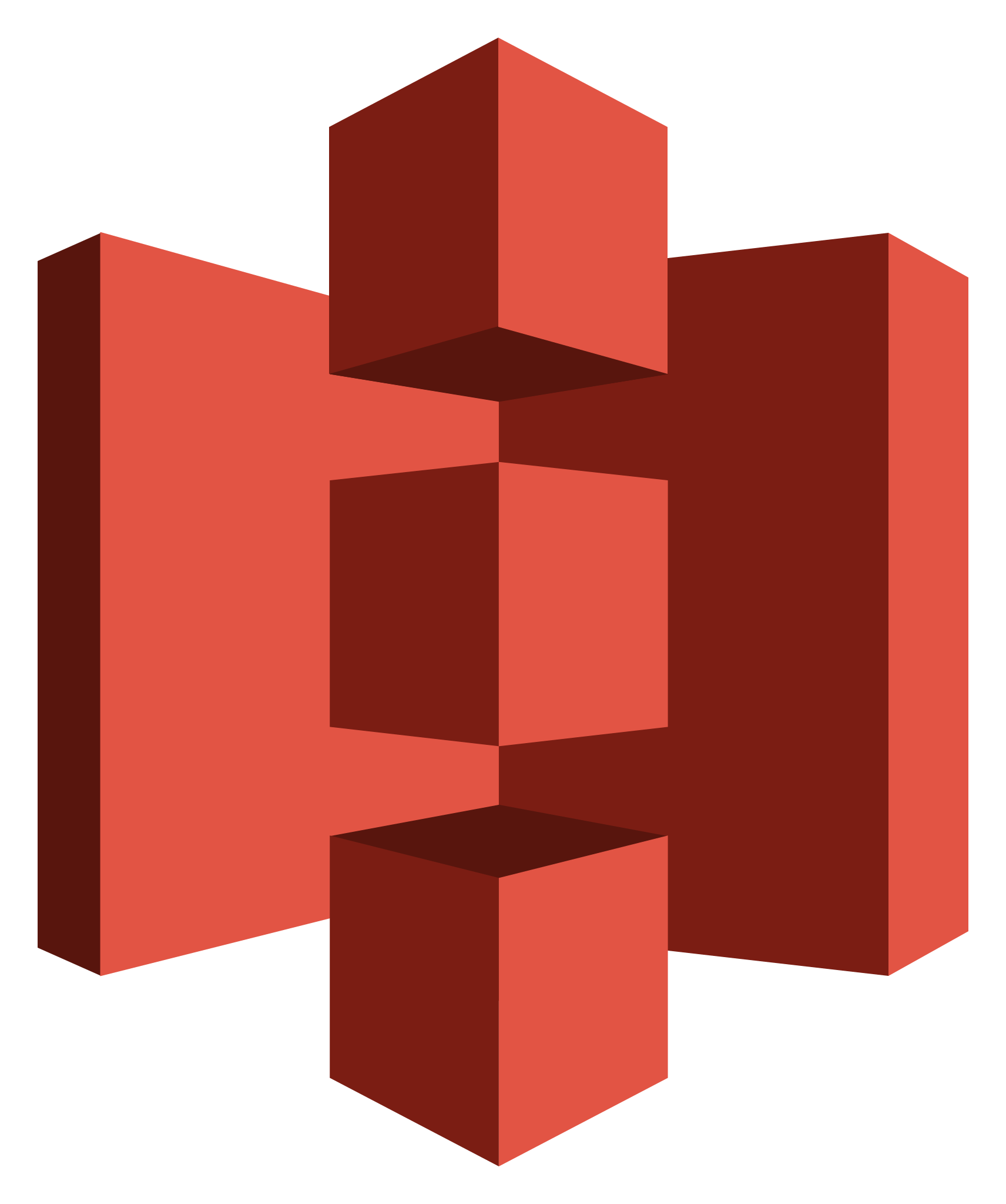
How to use AI to Troubleshoot your Kubernetes Cluster
With the increasing Kubernetes (K8s) adoption in modern software development, developers and DevOps teams face a critical challenge when deploying and maintaining applications. Their expertise is often diverted from core application development to analyzing and troubleshooting Kubernetes, affecting their development velocity. To save you time on troubleshooting K8s, Alex Jones

Taking Backup of your Kubernetes etcd Data: A step-by-step guide
In the ever-evolving landscape of container orchestration, Kubernetes (K8s) has emerged as the gold standard for managing and scaling containerized applications. At the heart of every K8s cluster lies a critical component known as etcd. etcd is a distributed key-value store that stores and manages all of the K8s'

Securing Your Kubernetes Environment: A Comprehensive Guide to Server and Client Certificates in Kubernetes
Kubernetes has emerged as the de facto container orchestration platform in recent years. With its rapid adoption, the need for robust security measures within Kubernetes environments has become paramount. Kubernetes provides several security features, but one of the most important is using server and client certificates. This article will teach

Optimize AWS Storage Costs with Amazon S3 Lifecycle Configurations
Data is the lifeblood of any business. Data is used to make decisions, drive innovation, and serve customers. But data can also be expensive to store at scale in the cloud. That's where storage lifecycle configurations come in. An Amazon s3 lifecycle configuration is a set of rules

Deploying a Database Cluster on DigitalOcean using Pulumi
Pulumi is an open source infrastructure as code (IaC) tool that allows you to define and manage cloud resources using popular languages such as Golang, Python, Typescript, and a few others. Pulumi is often compared to Terraform, which is another infrastructure as code tool that allows users to declaratively manage
Upgrading Your EKS Cluster from 1.22 to 1.23: A step-by-step guide
This article was originally published on Gagher Theophilus's blog. Amazon Elastic Kubernetes Service (EKS) is a popular managed Kubernetes service that enables you to run Kubernetes workloads on AWS without the operational overhead of managing your own Kubernetes clusters. EKS provides a highly available and scalable platform for

Understanding Docker Architecture: A Beginner's Guide to How Docker Works
Using Docker, developers can package all their code and its dependencies into an isolated environment called an image and then run that image as a container. With Docker, deploying an application from a development server to a production server without worrying about compatibility issues is easy. Aside from knowing basic

Understanding the Kubernetes API Objects and How They Work
Kubernetes is an open-source container orchestration platform that allows developers to automate containerized applications' deployment, scaling, and management. One of the key features of Kubernetes is its API, which provides a uniform way to interact with the platform and perform tasks such as deploying and managing applications, monitoring the


